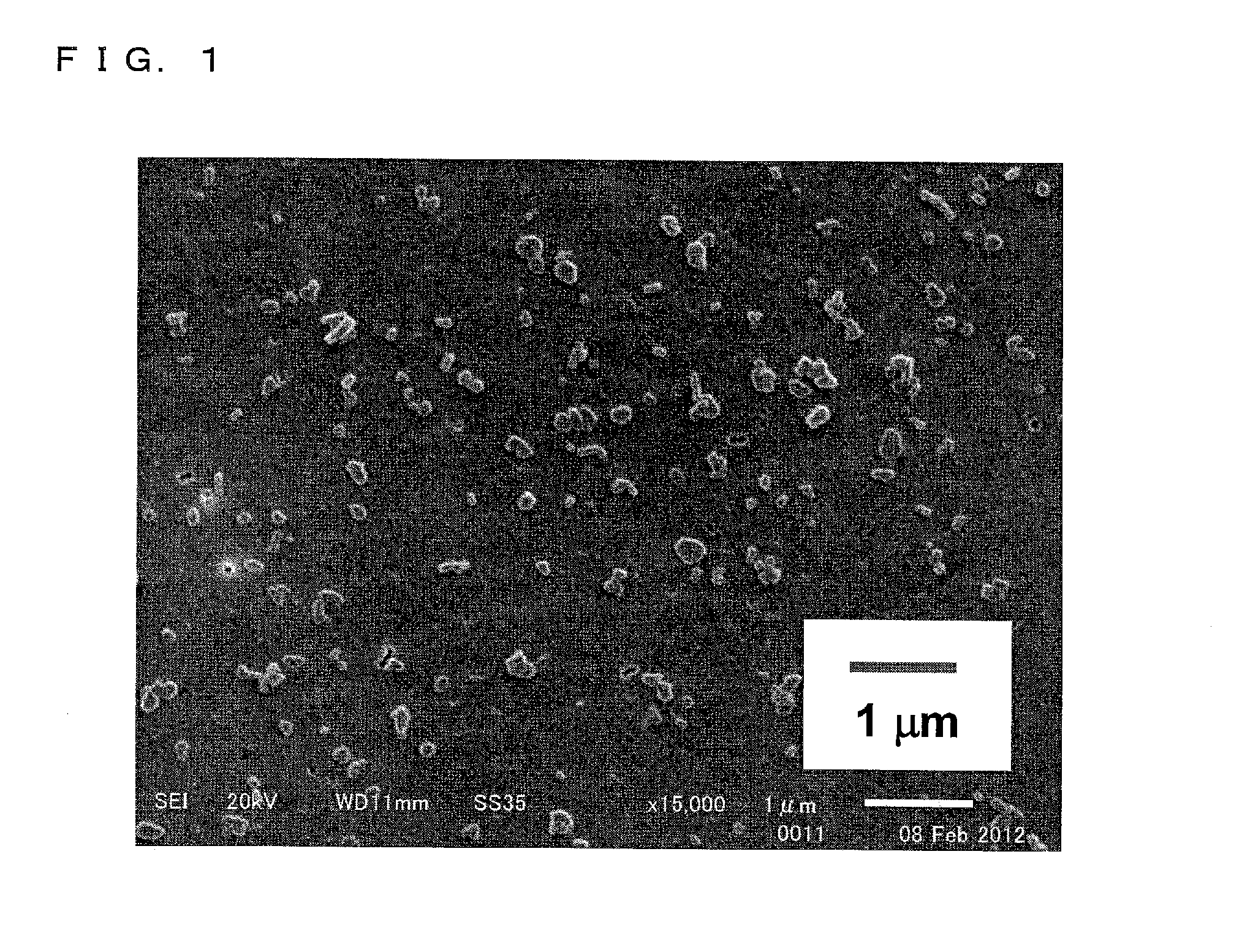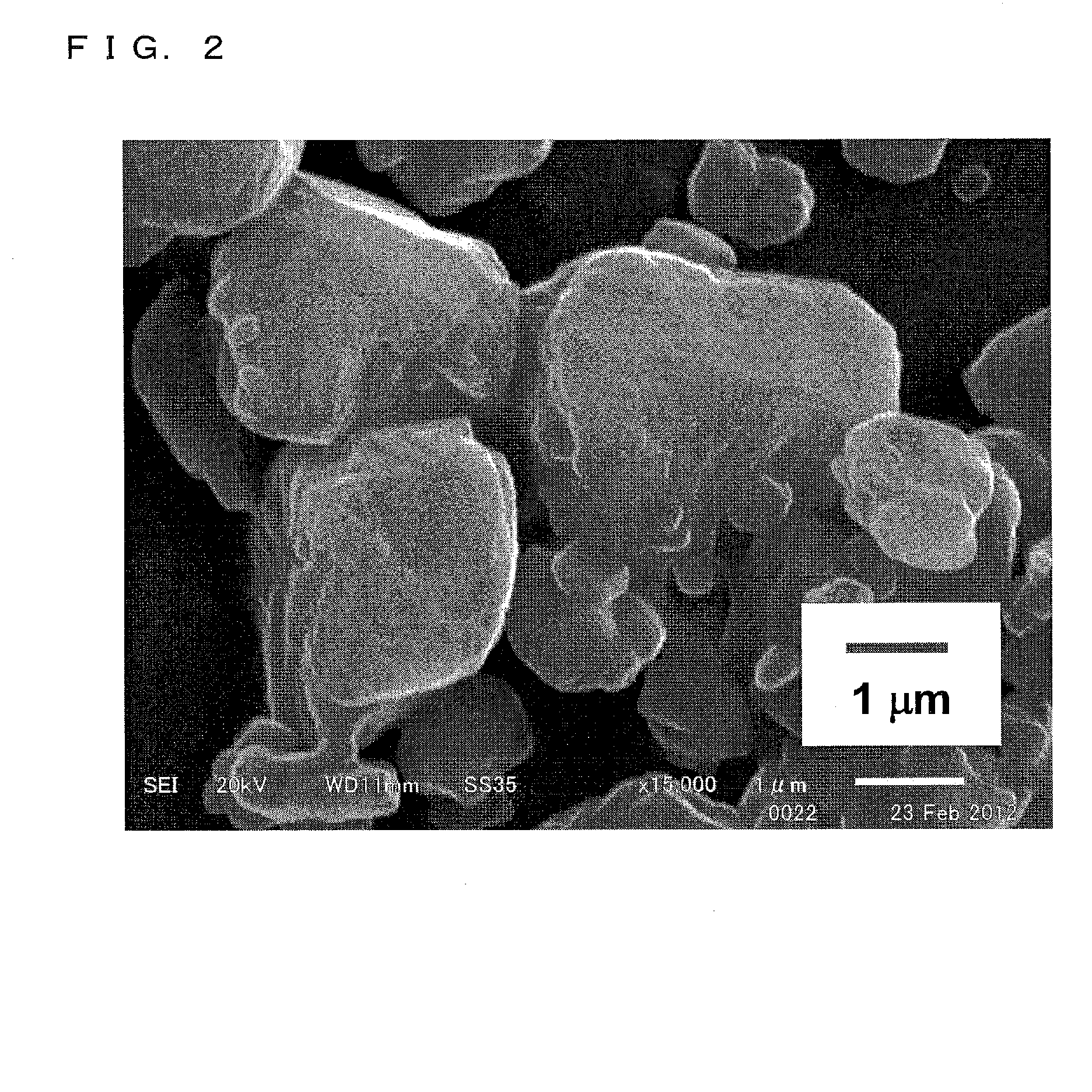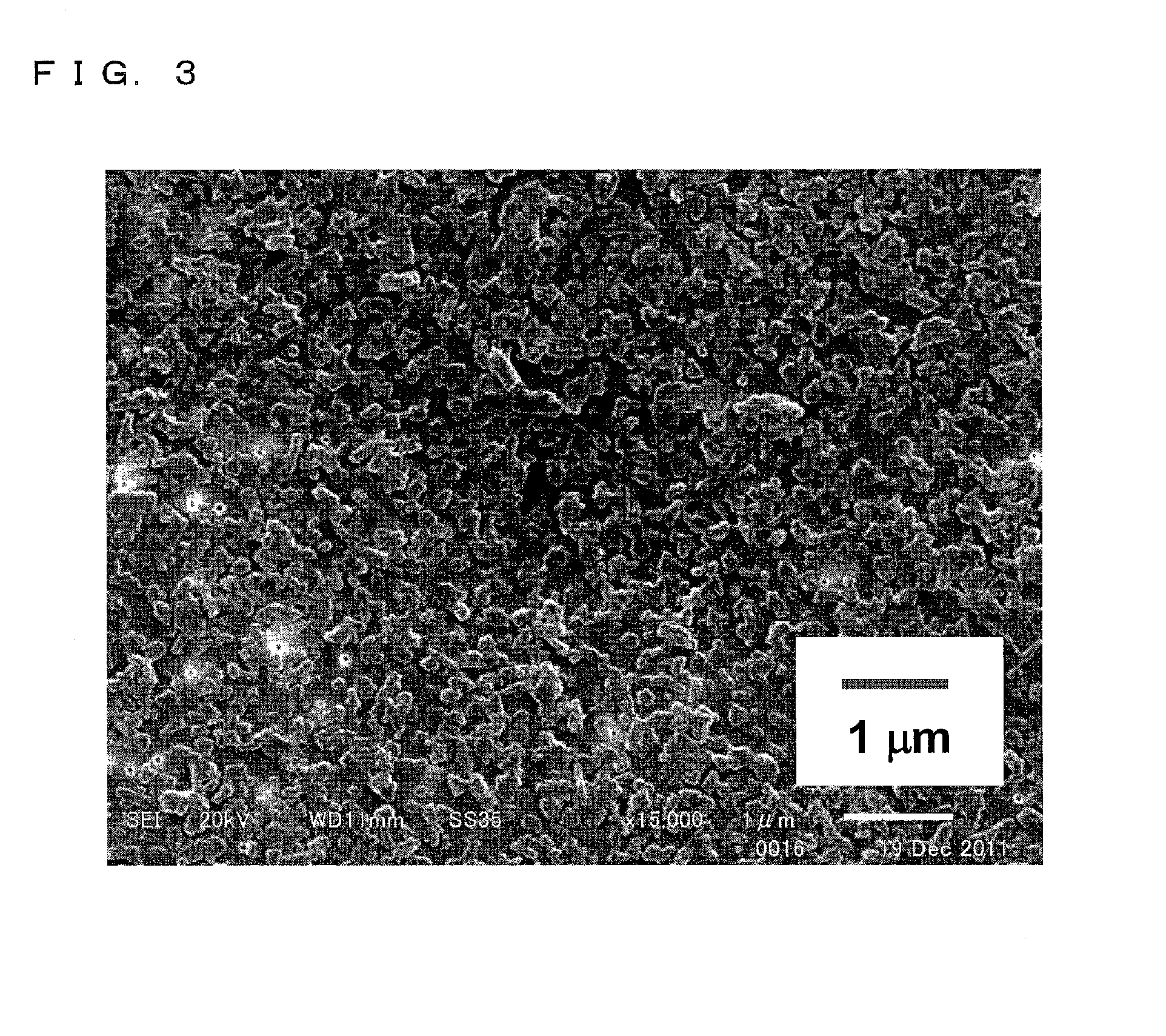Method for producing an aqueous dispersion of drug nanoparticles and use thereof
- Summary
- Abstract
- Description
- Claims
- Application Information
AI Technical Summary
Benefits of technology
Problems solved by technology
Method used
Image
Examples
examples
1. Preparation of Nanoparticle Aqueous Dispersion
[0073]First, dexamethasone (30 mg), lanolin (60 mg) as an ointment base, and polyoxyethylene (200) polyoxypropylene glycol (70) (60 mg) were dissolved in 10 mL of t-butyl alcohol to prepare a solution A (first solution). Further, polyvinylpyrrolidone (20 mg), hydroxy propyl methyl cellulose (3 mg), and polysorbate 80 (5 μl) were dissolved in 10 mL of purified water to prepare a solution B (second solution).
[0074]The dexamethasone, the lanolin, the t-butyl alcohol, the polyvinylpyrrolidone, and the polysorbate 80 were from Wako Pure Chemical Industries, Ltd. The polyoxyethylene (200) polyoxypropylene glycol (70) was from NOF Corporation. The hydroxy propyl methyl cellulose was from Shin-Etsu Chemical Co., Ltd.
[0075]Next, 10 mL of the solution A was put into a beaker and stirred with use of a magnetic stirrer at approximately 1500 rpm. Then, 10 mL of the aqueous solution B (25° C.) was quickly injected with use of a syringe into the sol...
PUM
| Property | Measurement | Unit |
|---|---|---|
| Dispersion potential | aaaaa | aaaaa |
| Composition | aaaaa | aaaaa |
Abstract
Description
Claims
Application Information
 Login to View More
Login to View More - R&D
- Intellectual Property
- Life Sciences
- Materials
- Tech Scout
- Unparalleled Data Quality
- Higher Quality Content
- 60% Fewer Hallucinations
Browse by: Latest US Patents, China's latest patents, Technical Efficacy Thesaurus, Application Domain, Technology Topic, Popular Technical Reports.
© 2025 PatSnap. All rights reserved.Legal|Privacy policy|Modern Slavery Act Transparency Statement|Sitemap|About US| Contact US: help@patsnap.com



